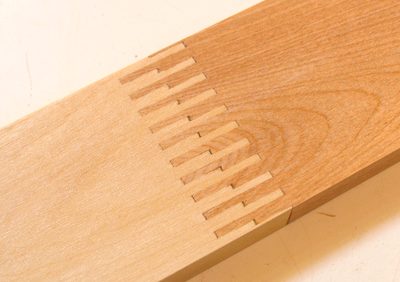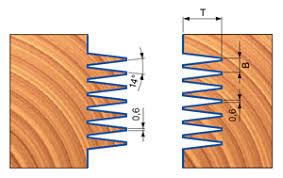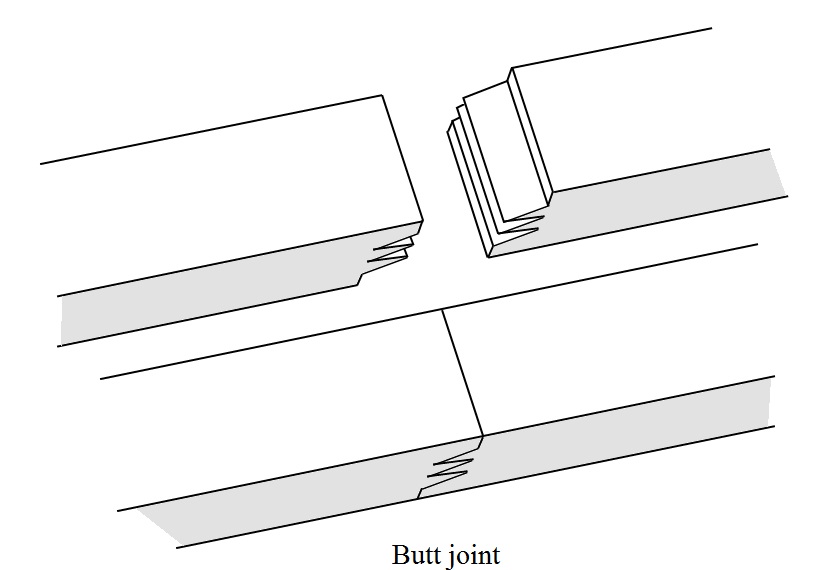Reason of formation
One of the advancements of society is taking advantage of seemingly unusable materials, which we often waste to create perfect quality products.
The introduction of finger joint wood is a great reform of the wood industry in particular, and of the entire forestry industry in general.

In the past, when primary forests and perennial forests were abundant, we easily exploited indiscriminately, making use of wood as the main raw material for production, the leftover bits are almost only used for firewood, or chopped into chips, tablets
However, with constant creativity, people have known to take advantage of the extra ends, smooth them, use glue to put them together into a joint wood board. The essential materials for the production of wooden furniture ensure 3 main factors of production including: cost, labor cost, production process.
Using finger joint wood has helped workers to classify the wood, handle the errors and diseases of the trees to produce beautiful, sawn joint wood boards according to the specifications that are suitable for the customer’s requirements.
Current products
Due to the specificity of the bearing capacity of the glue, of the joint bar, of the workpiece, the finger joint wood is usually made with different thicknesses such as: 12mm, 15mm, 17mm, 18mm, 20mm, 25mm…
Finger joint wood is usually made according to the specifications of 1220 x 2440 for export standards and 1200 x 2400 for domestic standards.
Depending on the market, there are suitable glue: E1, E2 glue for the European and Asian market, CARB P2 glue for the US market, F***, F** **, for Japanese, Korean market…
Classifying finger joint wood
To classify finger joint wood, we can use 2 criteria: joint mortise and surface standard.
Classifying by mortise
- Vertical mortise joint: Also known as surface tenon or finger joint is a type of wood that is joined so that the serrated mortise surface is raised on the surface of the board.

- Horizontal mortise joint: Also known as sunken tenon, or finger butt joint, is a type of wood that is joined so that the serrated tenon is hidden, the surface only has a crossbar. (This type is widely used for Melaleuca joint wood)

Classifying by surface
According to the surface, joint wood is usually classified into a few basic types, including: AA, AB, AC, BC, CC, which are assembled from A, B, C standards of each face type. Depending on each production unit or each customer’s order, these standards are named or regulated differently. Usually the standards for each level are as follows:
Standard A: Wood surface has no dead eyes, live eyes are allowed from 3-7 nodules/plate no more than 3 nodules/m2, sap rate from 5-12%
Standard B: Wood surface allows live eyes, some small dead eyes, no more than 3 dead eyes/m2, sap ratio from 12-30%
Standard C: This item is not much due to the type from A->B->C, so in general, row C is the type from A and B without giving specific standards for eyes,…
